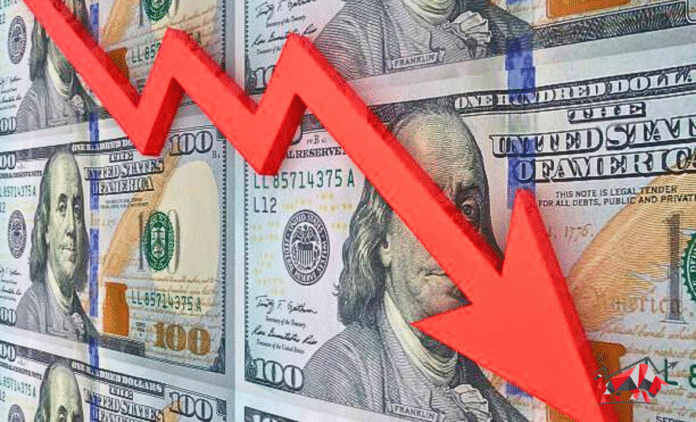The U.S. dollar has declined to its lowest point in nearly three years, dropping 0.6% against a basket of major currencies. This decline is attributed to disappointing manufacturing data and escalating concerns over the nation’s growing debt.
The Institute for Supply Management (ISM) reported that its manufacturing index fell to 48.5 in May, marking the third consecutive month of contraction. A reading below 50 indicates a shrinking manufacturing sector.
This downturn reflects the ongoing impact of President Trump’s trade policies, including recent tariff increases on steel and aluminum imports. These measures have contributed to higher production costs and supply chain disruptions for U.S. manufacturers.
Bond Market Faces Pressure from Rising Debt
Long-term U.S. government bonds are experiencing increased pressure, with the yield on 30-year Treasuries rising to 4.96% as bond prices fall. This shift indicates investor concerns about the sustainability of the nation’s fiscal policies.
JPMorgan Chase CEO Jamie Dimon has warned that the bond market could “crack” under the weight of the country’s escalating debt. He emphasized that excessive government spending and quantitative easing have created vulnerabilities that could lead to market instability.
In response, Treasury Secretary Scott Bessent assured that the U.S. will not default on its obligations, stating that efforts are underway to reduce the federal deficit over the coming years.
Market Reactions Reflect Investor Anxiety
The S&P 500 index experienced a slight decline of 0.3% in early trading, reflecting investor unease over the economic outlook. Additionally, the SPDR S&P 500 ETF Trust (SPY) is trading at $591.99, showing a modest increase of 0.00441%. Conversely, the iShares 20+ Year Treasury Bond ETF (TLT) has decreased by 1.368%, trading at $85.10, highlighting the pressure on long-term bonds.
These market movements underscore the broader concerns about the U.S. economy’s trajectory, particularly in light of manufacturing slowdowns and fiscal challenges.
Implications for Investors and Policymakers
The current economic indicators suggest a need for careful monitoring and potential policy adjustments. Investors may consider diversifying their portfolios to mitigate risks associated with domestic fiscal uncertainties. Policymakers face the challenge of balancing economic growth initiatives with fiscal responsibility to maintain market confidence.
As the situation evolves, stakeholders will need to stay informed and responsive to further developments in manufacturing performance, debt management, and market reactions.
This article is based on information from the Financial Times.


